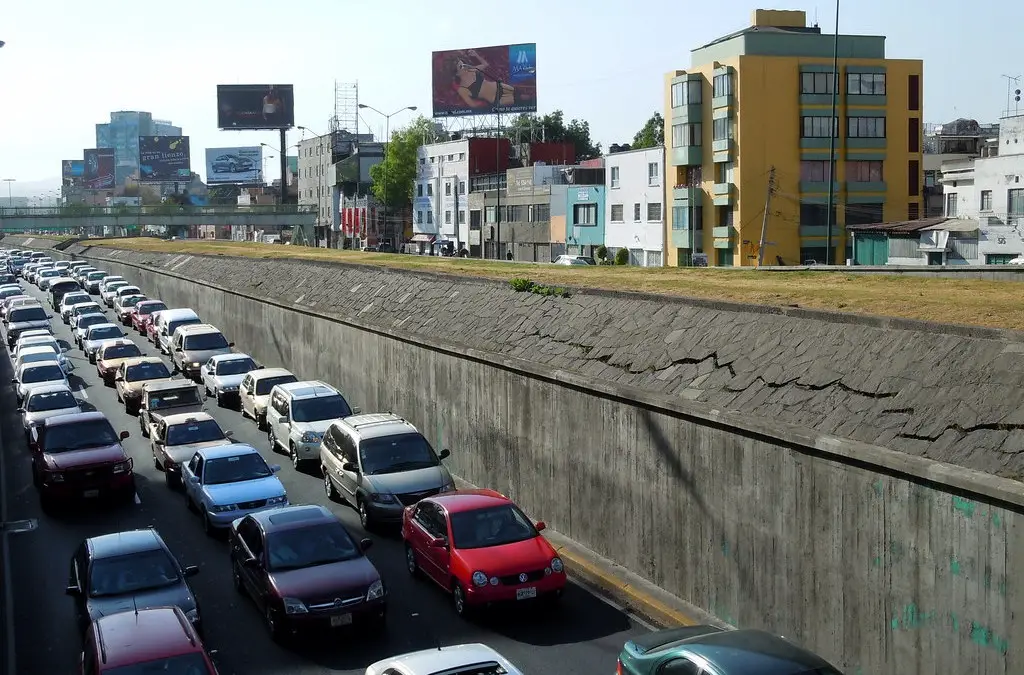When you look up at the night sky, what do you see? If you’re reading this post from a city, chances are you don’t see very much. Whereas more than half of the UK enjoyed truly dark sky in the 1950s, only 10% do today. And it’s a similar situation across the urbanised world. The culprit? Light pollution from poorly designed and excessive lighting.
Though lighting cities has economic and social benefits, poorly designed lighting comes at a cost. In addition to tainting our view of the milky way, light pollution has a negative impact on wildlife, affecting the migration of birds and the breeding patterns of nocturnal animals and insects. There are more downsides for us humans too – inefficient lighting costs the UK £1bn a year as well disrupting our sleeping patterns (I’m not sure which is worse!)
So what can be done? Truthfully, reducing light pollution is a pretty straightforward task:
1. Install motion sensitive lighting
If a tree falls in the forest and there’s no one around to hear it, does it… ok, let’s not go there. But when there’s no one in the street, do we need street lighting? Motion sensitive street lighting is a pretty self explanatory idea, and one that has become reality on this Barcelona street. Lights come on as people and moving objects approach, illuminating an area in advance, therefore reducing the amount of wasted light emitted from the street. Deployed across an entire city, the results could be impressive.
2. Ensure bulbs are covered and lighting faces downwards
Good street lighting should feature a bulb which is encased above and to the sides. This channels light downwards – where it is needed – and reduces the amount of wasted light. Known as ‘cutting off light at the horizontal’, this ensures that light is used to illuminate the ground, not the sky.
3. Use a different kind of light
Switching to low watt bulbs is a straightforward way of reducing light pollution, albeit one that could not be deployed across every piece of outdoor lighting in a city. Moving away from bluish-white lighting could be a bigger contributor to reduced light pollution on an urban scale. LED outdoor lighting, whilst energy-efficient, often emits a blue light which creates more light pollution. This can be avoided with warm-white lighting. The Spanish market city of Vélez-Málaga (seems the Spanish are big on lighting innovation) recently adopted a dimmable warm-white light system for its streets, giving it lower watt lighting on demand and better illuminating its historic streets in the process.
4. Minimise light loss from your home
Reducing light pollution is not just a task for your municipal government. Outdoor lighting on buildings and in gardens contributes to light pollution, as does lighting emitted from inside buildings. Obviously, some lighting is more critical than others (see above), but by following the above three steps on outdoor lighting, and doing a better job of minimising the amount of light lost from the inside of your home, everyone can play a part in reducing urban light pollution.
Photo: Cestomano


